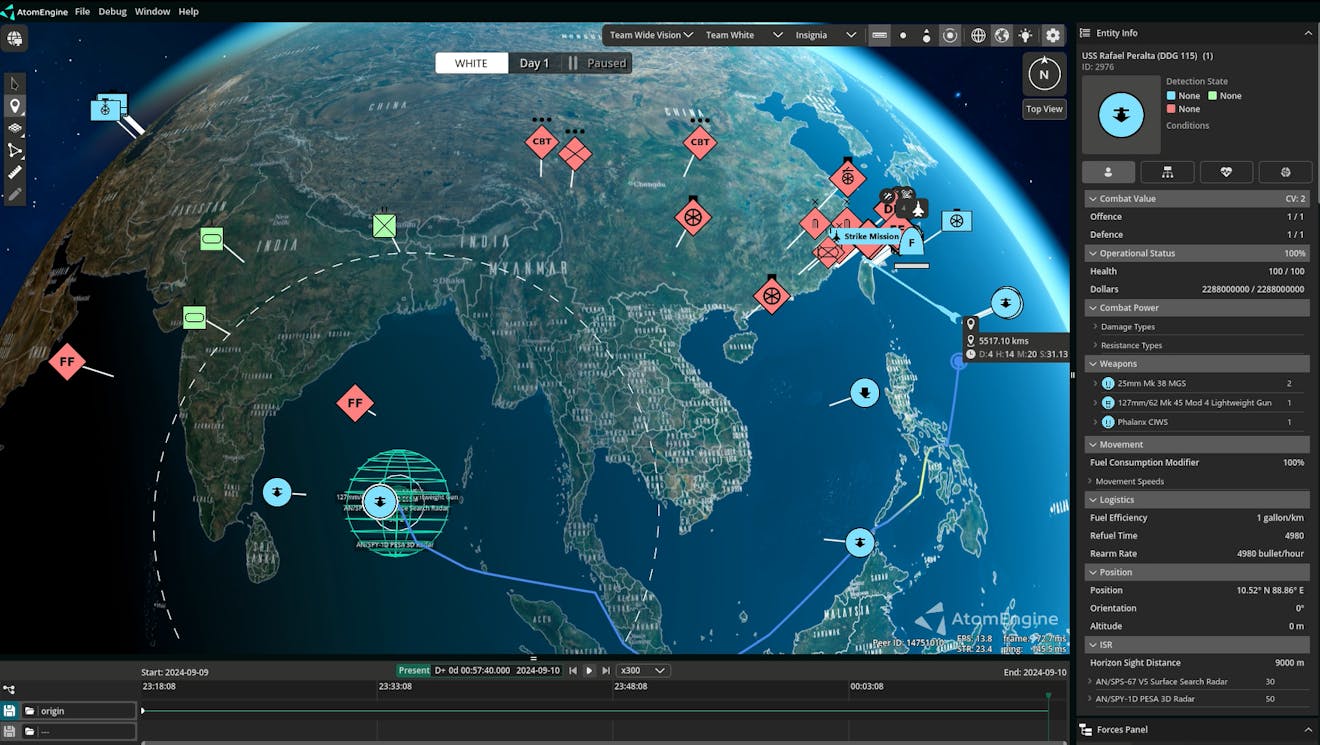

CESIUM PLUGIN FOR GODOT
Battle Road
Battle Road, developer of AtomEngine, a platform for modeling and simulation at planet scale, will create an open source Cesium plugin for the Godot Asset Library using Cesium Native. Godot Engine is the largest cross-platform, free, and open source game engine. The Cesium plugin will bring the most performant and precise 3D data to this global audience.


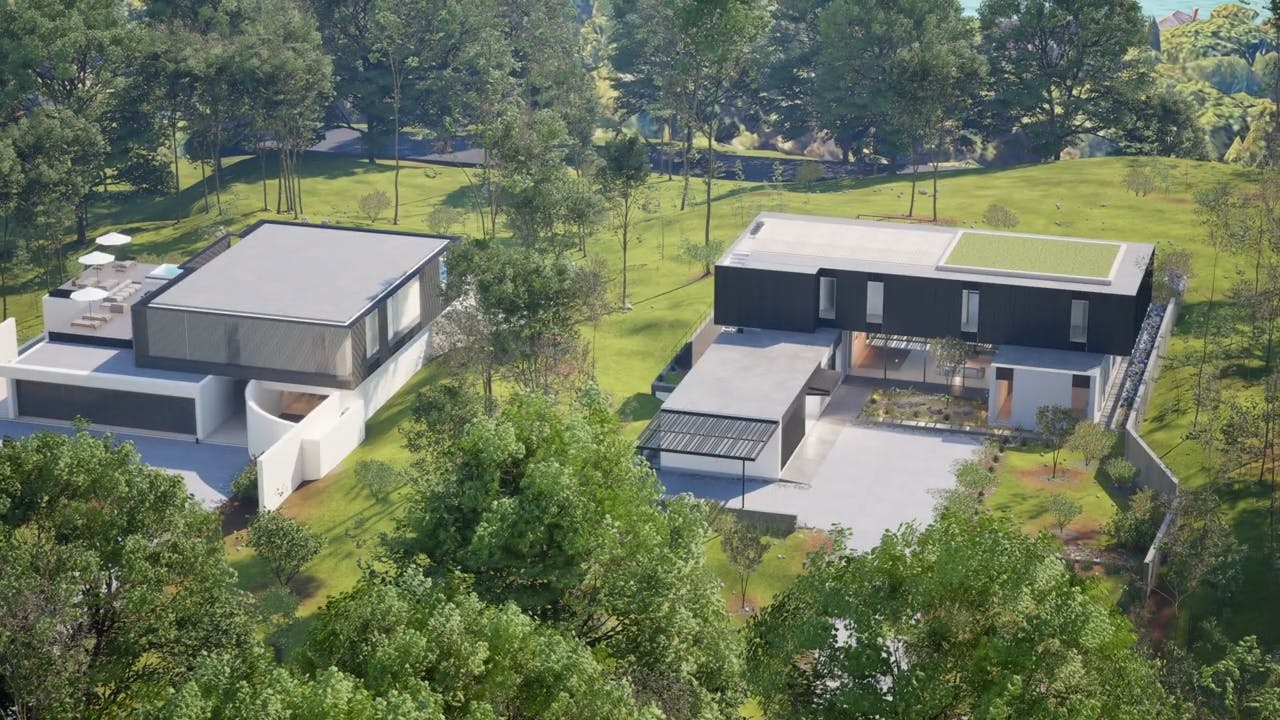
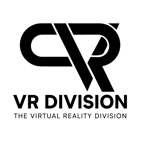
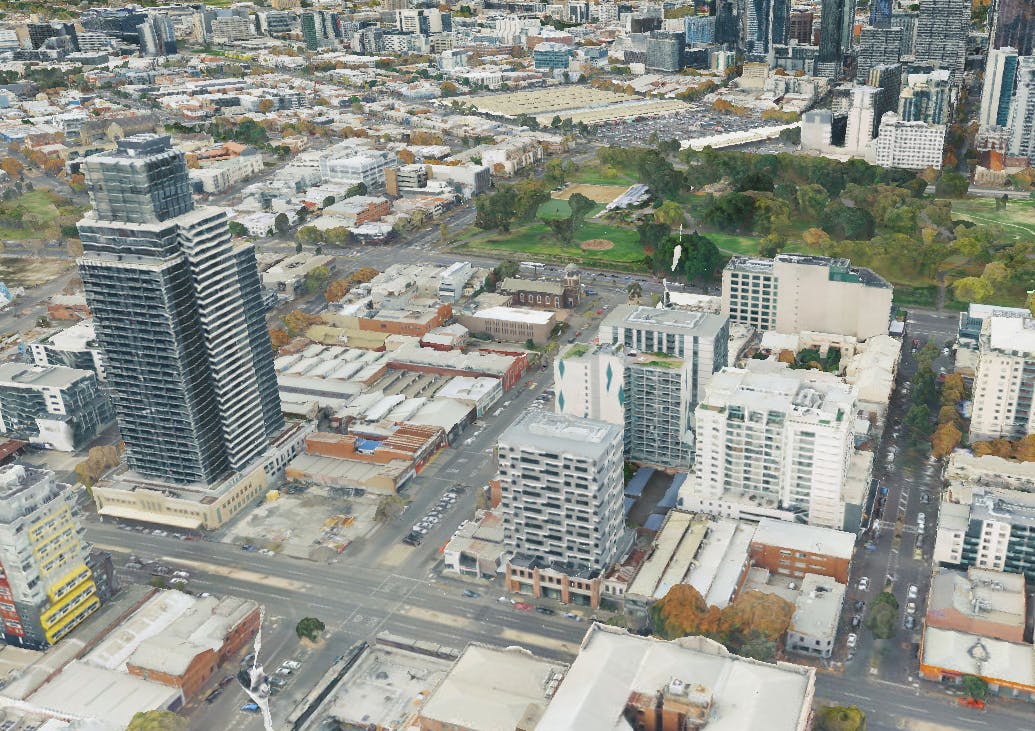



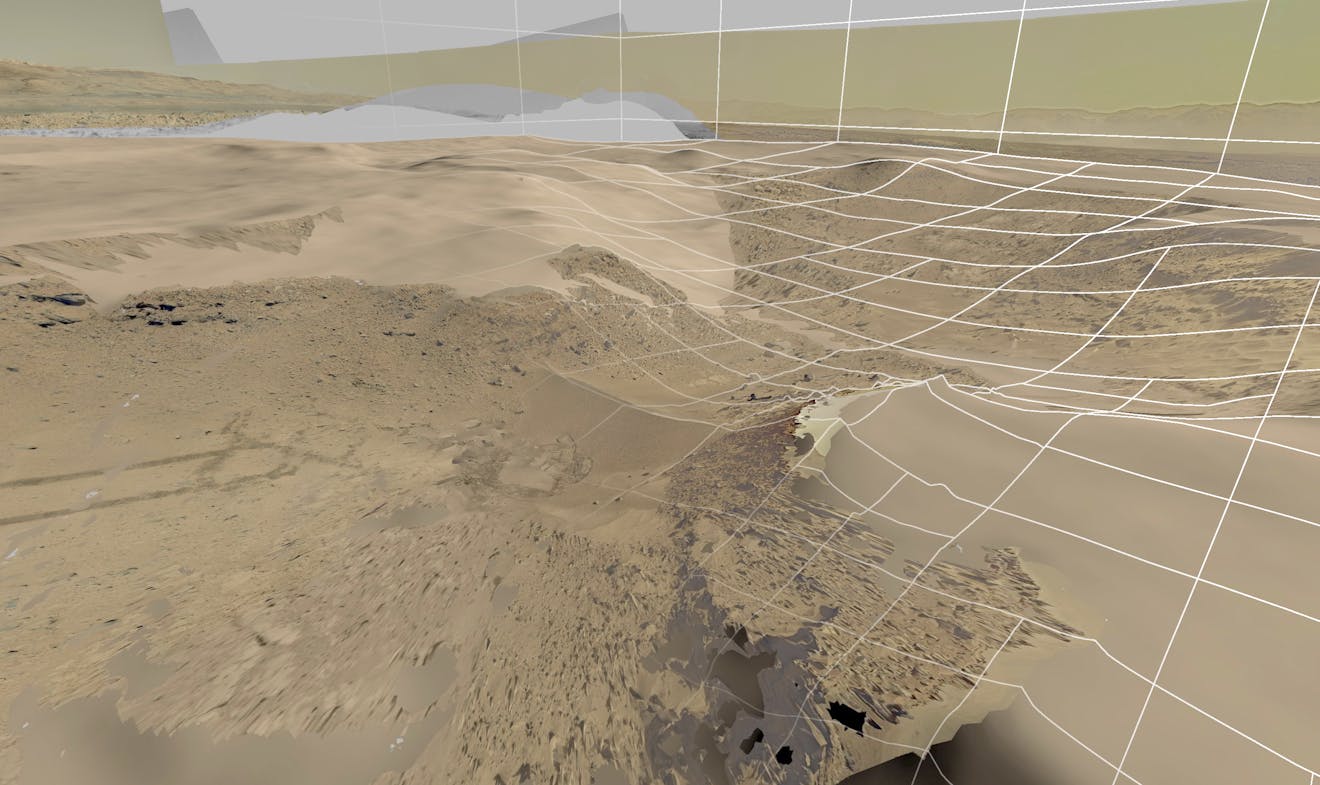
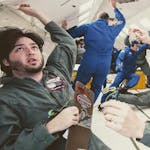
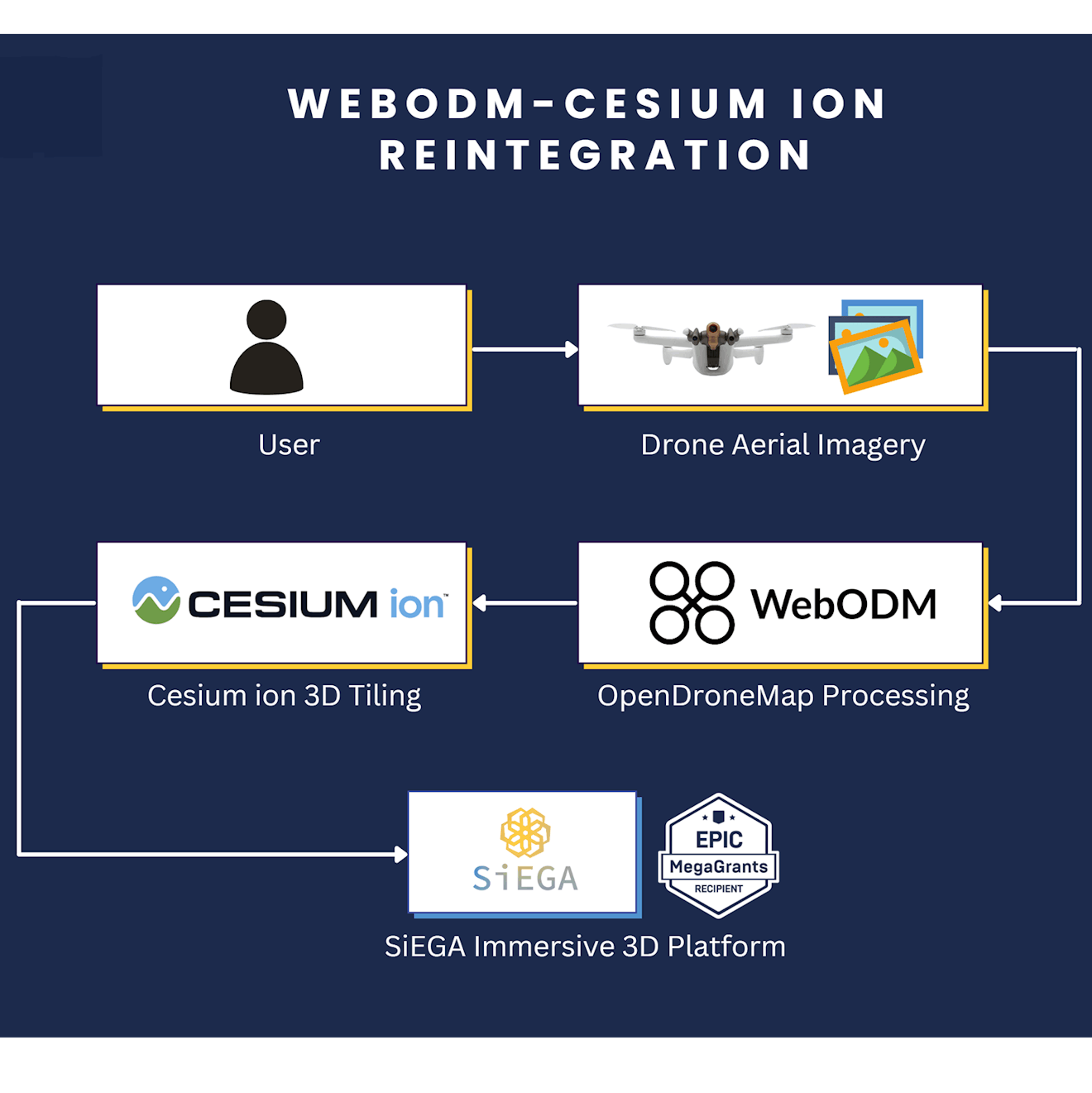


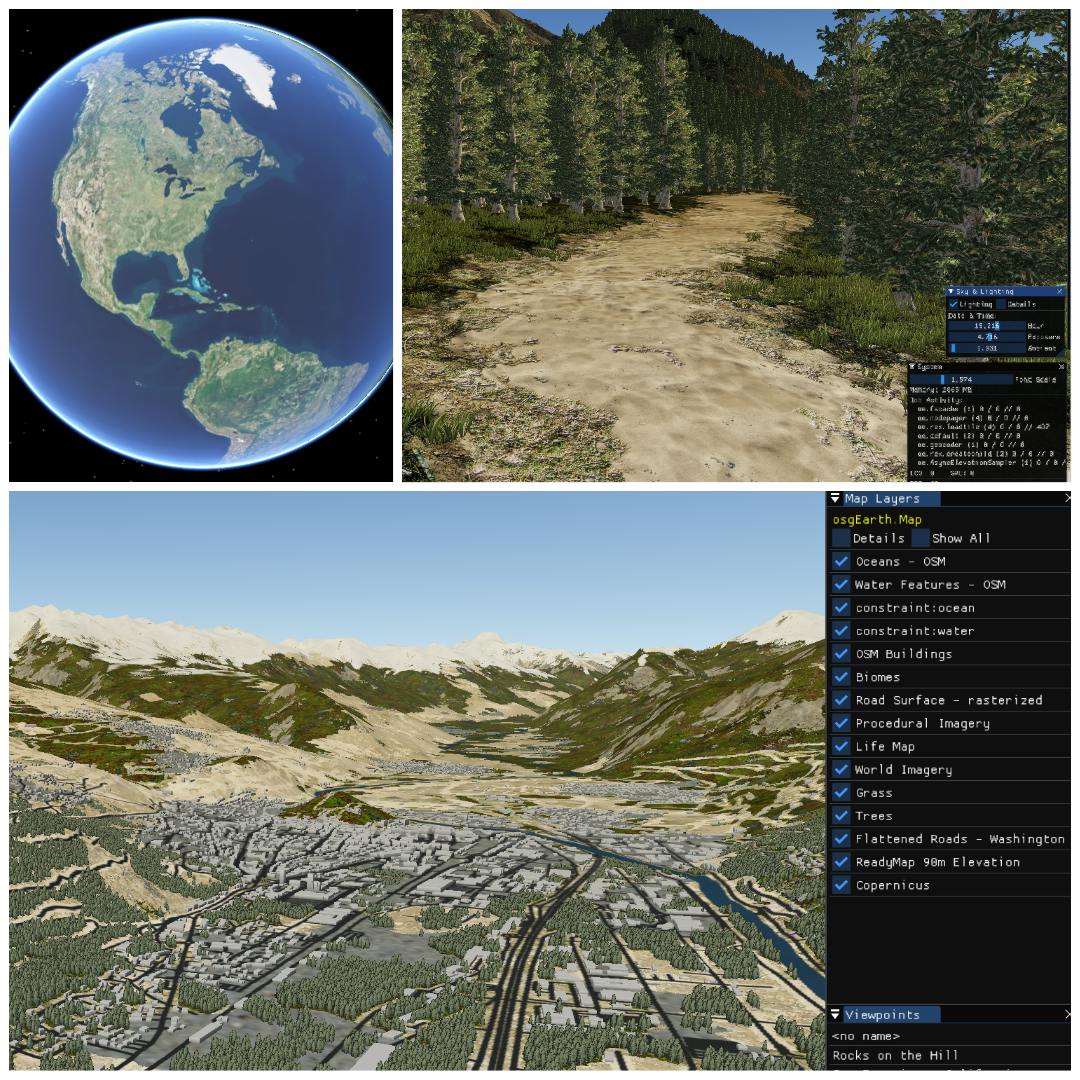



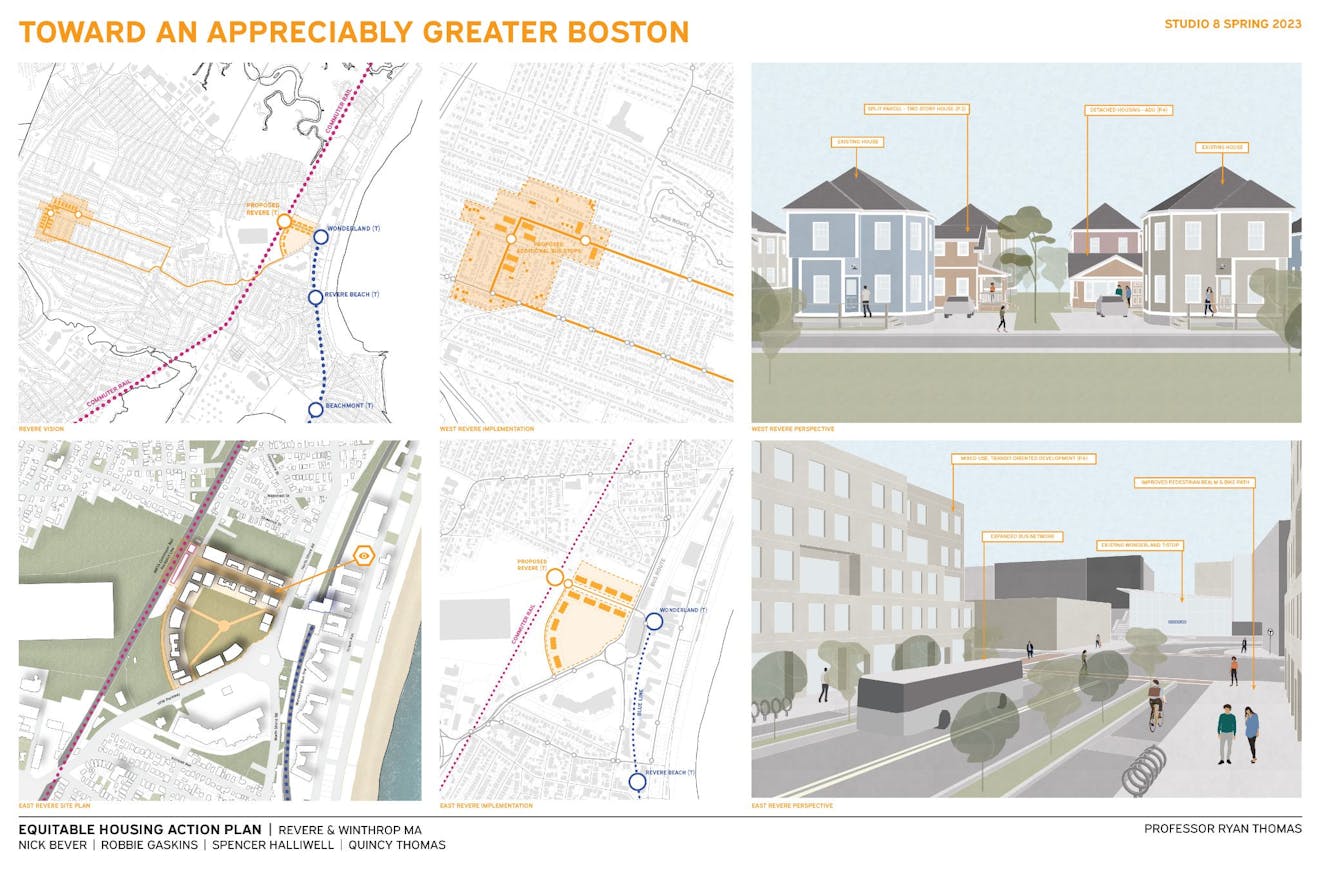


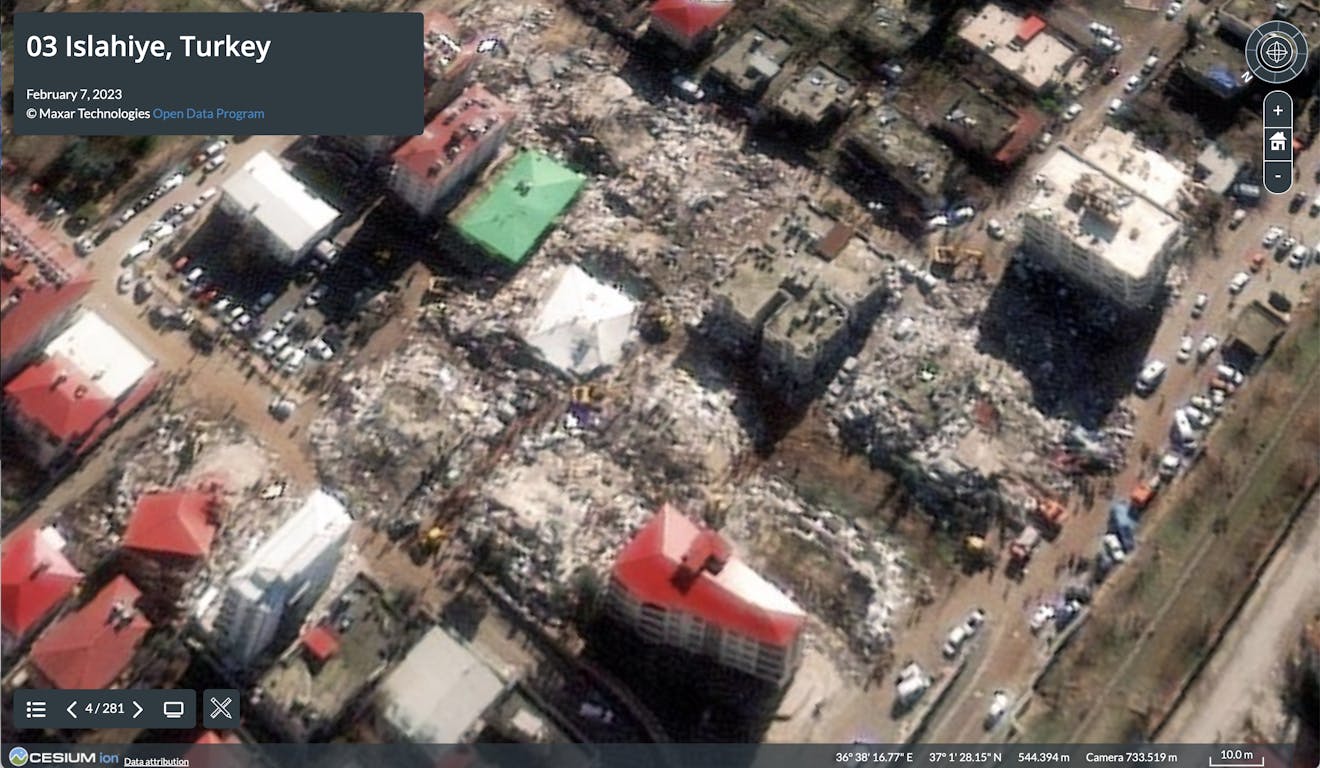

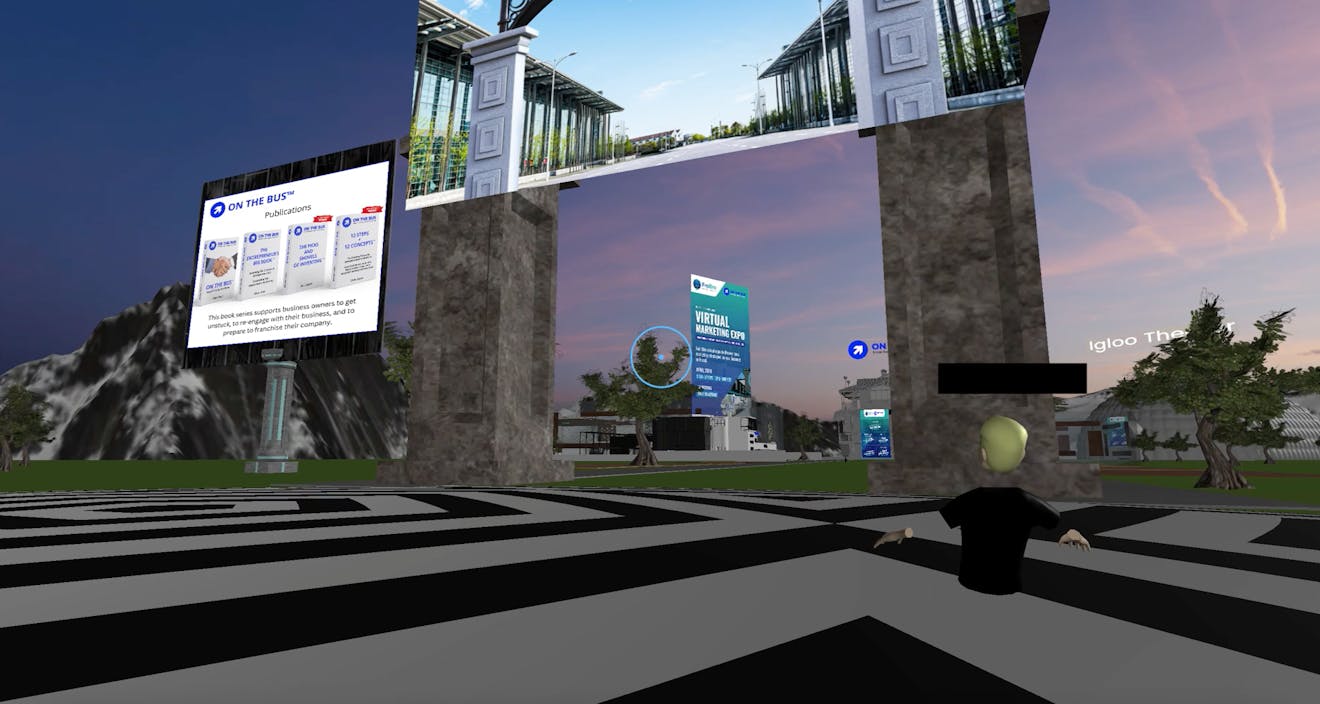
.jpg?auto=compress%2Cformat&ar=1&crop=faces%2Ccenter&w=150)

